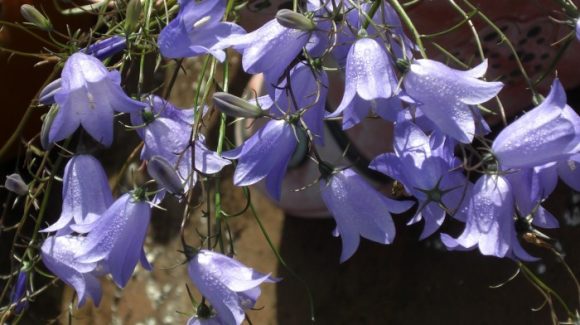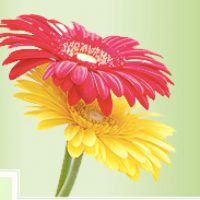All posts tagged campanula rotundifolia
Harebell Flowers: A Beneficial Plant With A Bunny Connection
Harebell, botanically known as campanula rotundifolia, is a small, hairless, creeping, flowering, perennial herb. The plant belongs to the bellflower family. It has trailing stems with small club-like leaves at the base. Continue reading [...]

